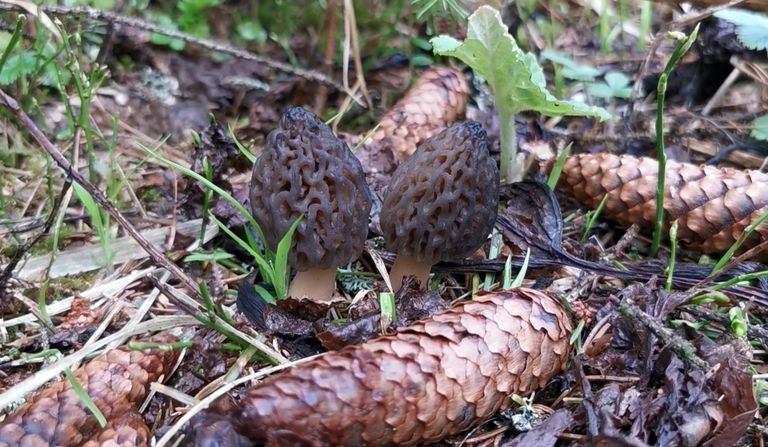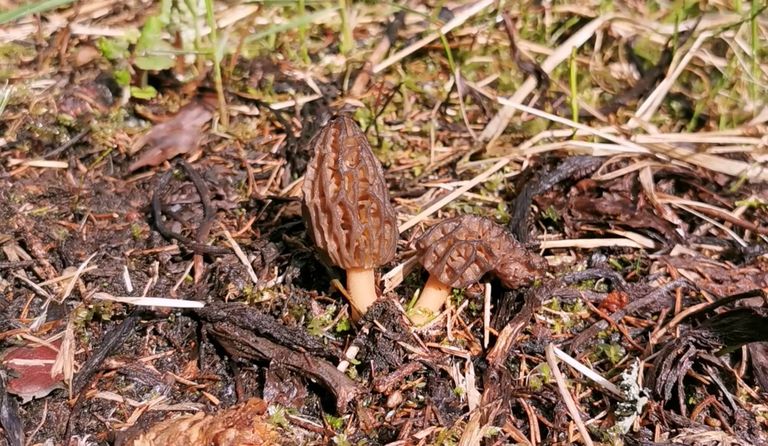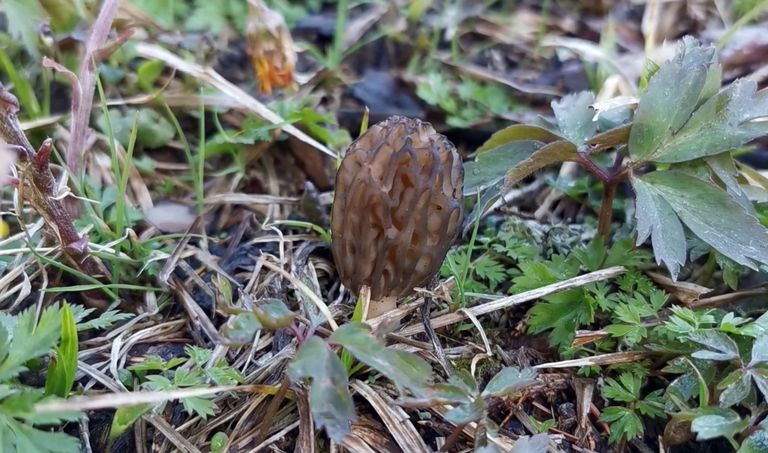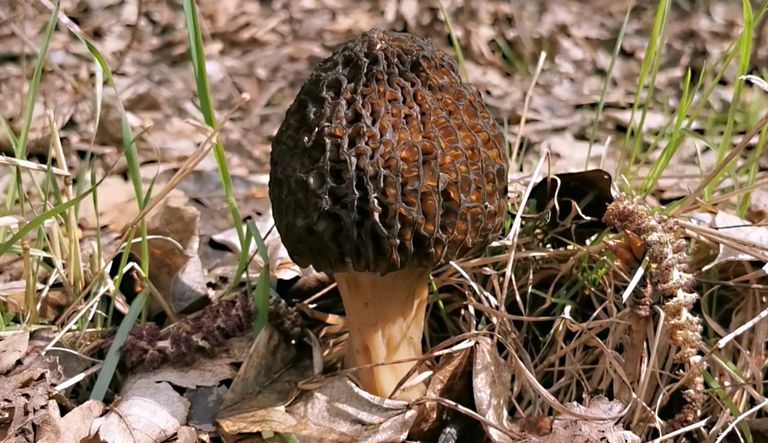
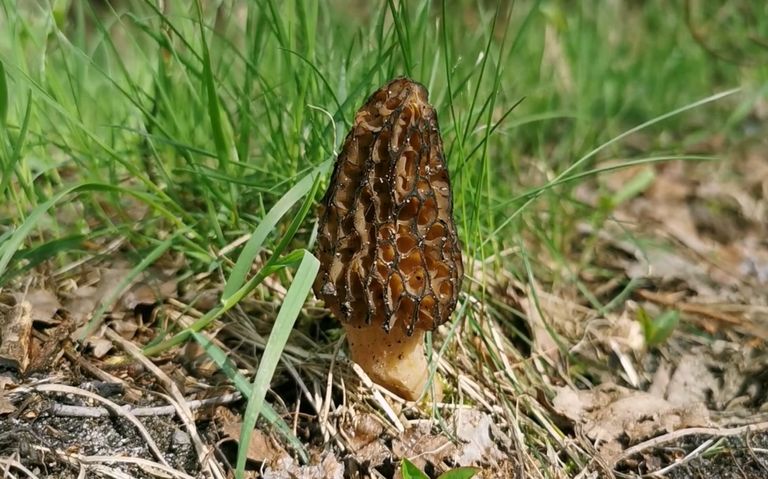
The fruiting body of this mushroom is basically one big bag empty inside. It can be up to 15 cm high, of which the hat usually takes 50 to 70%. The mushroom has a conical shape, sometimes oval or round, the edge of the cap is adhered, distinct longitudinal furrows run from top to bottom, dotted with smaller transverse furrows. Most often it is found in shades of brown, gray to almost black. The fruiting bodies that grow in the mountains in coniferous forests are usually a lighter, beige color.

Leg
The leg is narrower than the head and slightly shorter. It may be white, white-ocher, the surface slightly warty, rough. It's empty inside.
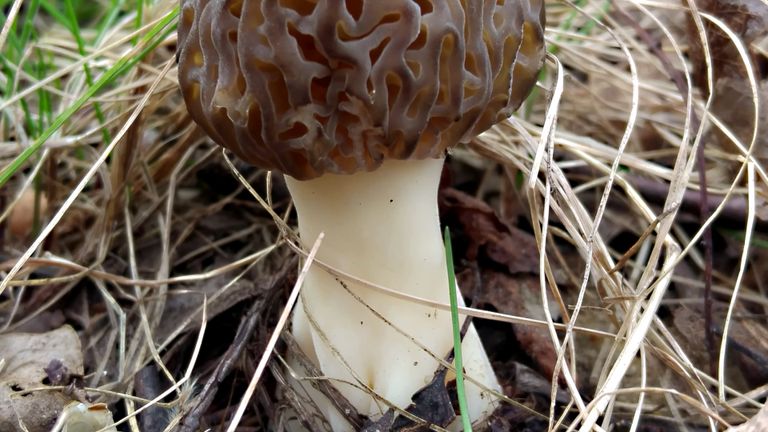
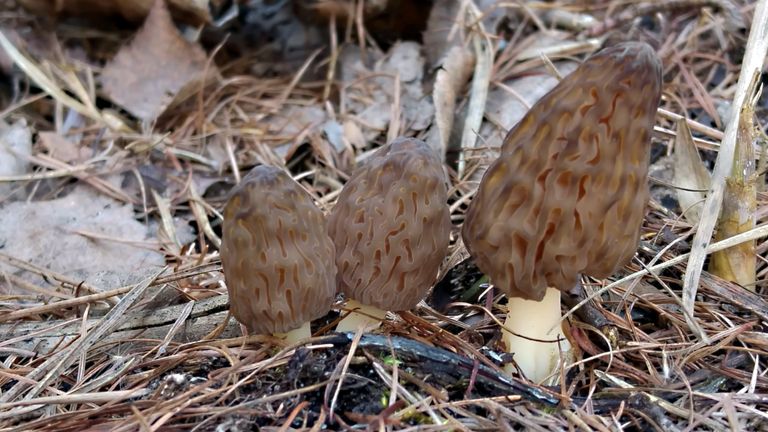
Flesh
The flesh is very delicate and brittle, it is whitish and creamy in color. Smell and taste slightly mushroom, very pleasant
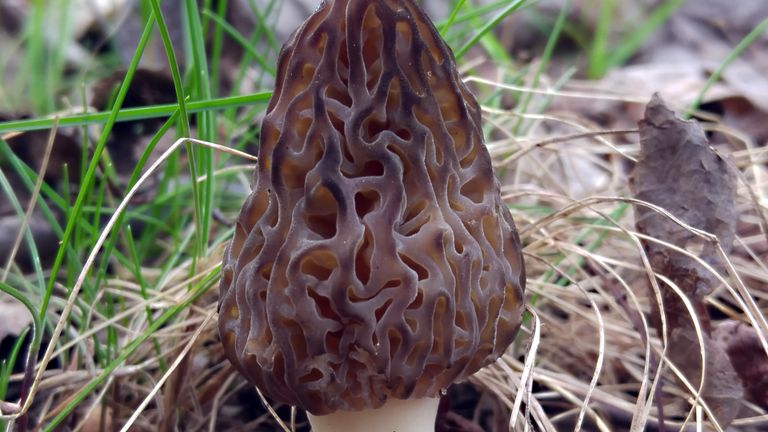
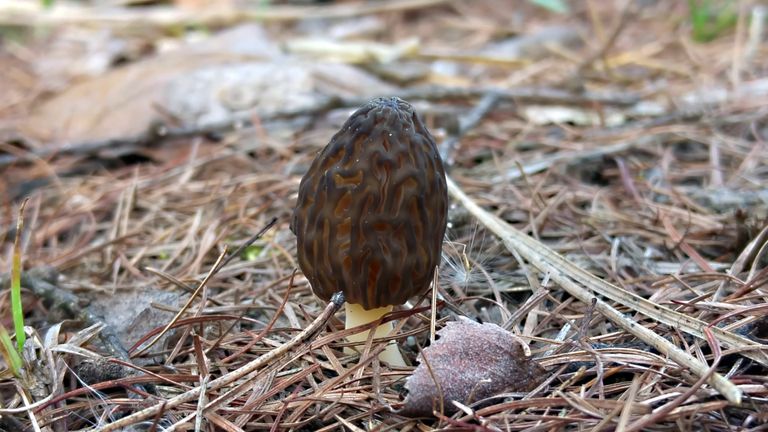
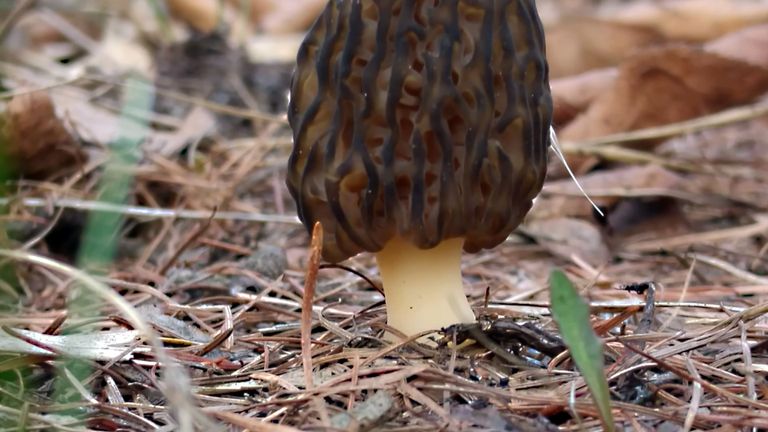

Occurrence
Conical chard appears in March and grows until May, but the greatest probability of finding this species of mushroom in central Europe is in the second half of April and May. The fungus prefers both deciduous and coniferous forests. It also grows on the edges of roads, in ditches, by rivers in riparian forests, and there is a lot of spruce bark next to the wood dumps. It can also be found in home gardens, where the mycelium was fertilized with the bark for conifers
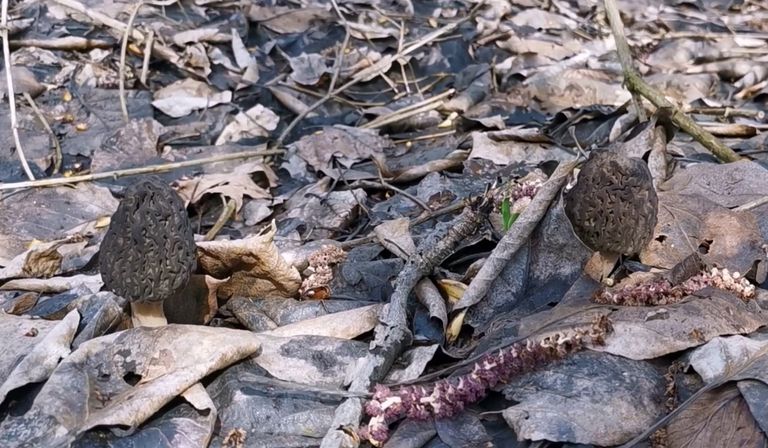
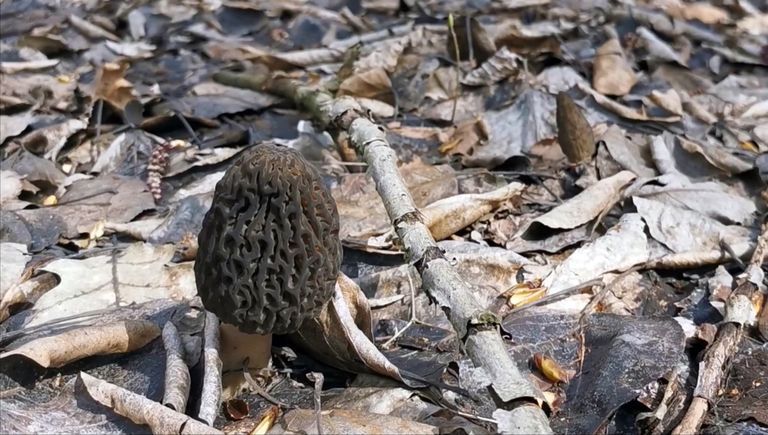
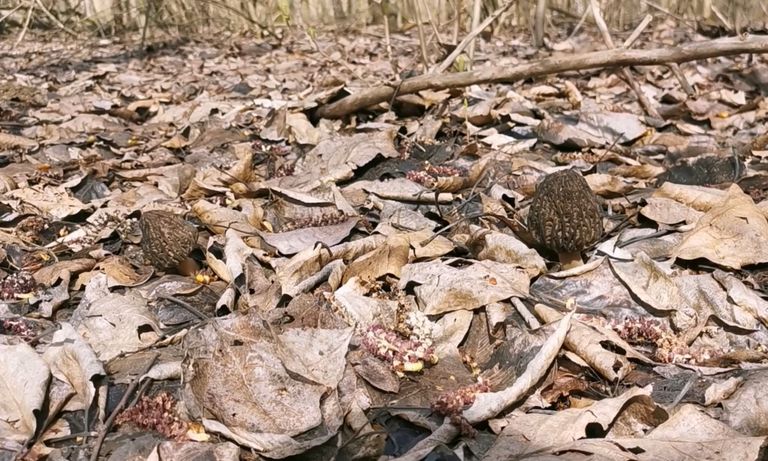 | 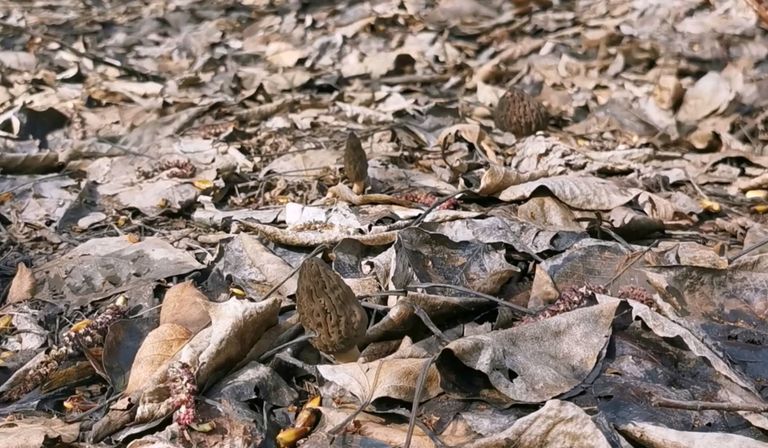 |
|---|
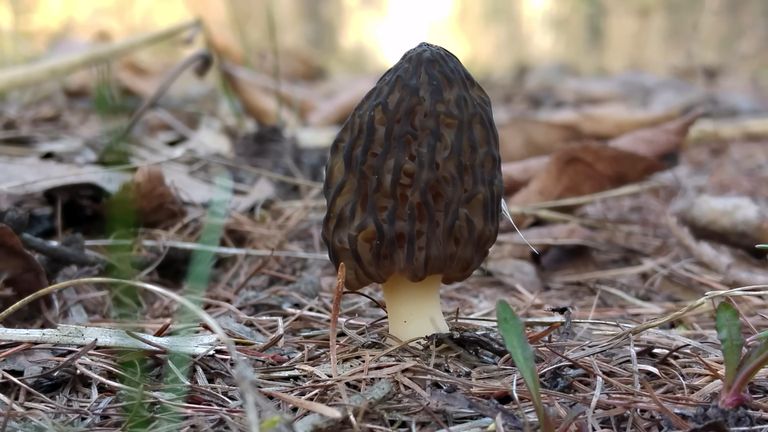
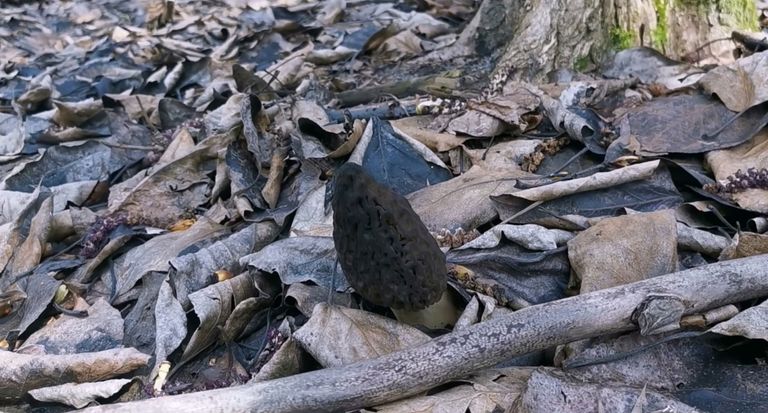
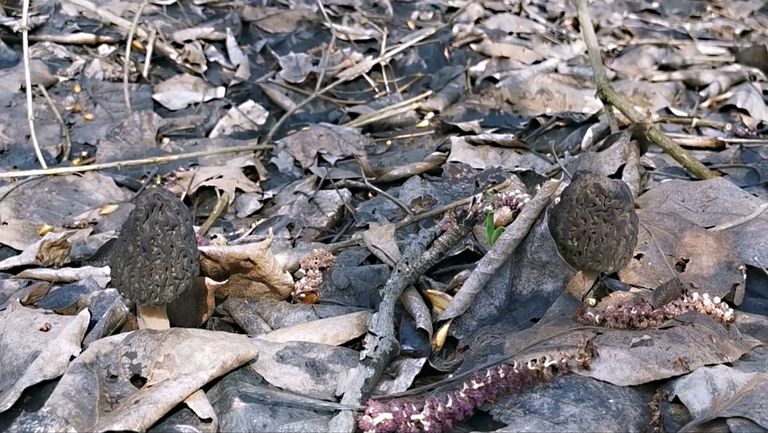
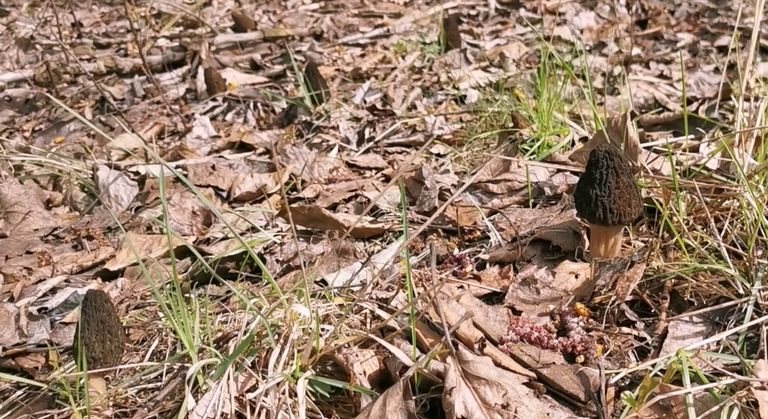
Application
Usage: edible mushroom very tasty. It can be prepared in various ways, fried, stewed and made into sauces, marinated. The mushroom is suitable for drying, where it acquires an amazing mushroom aroma.
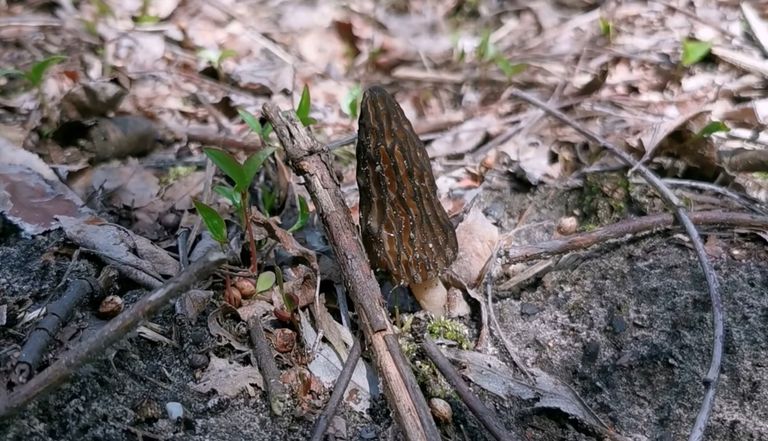
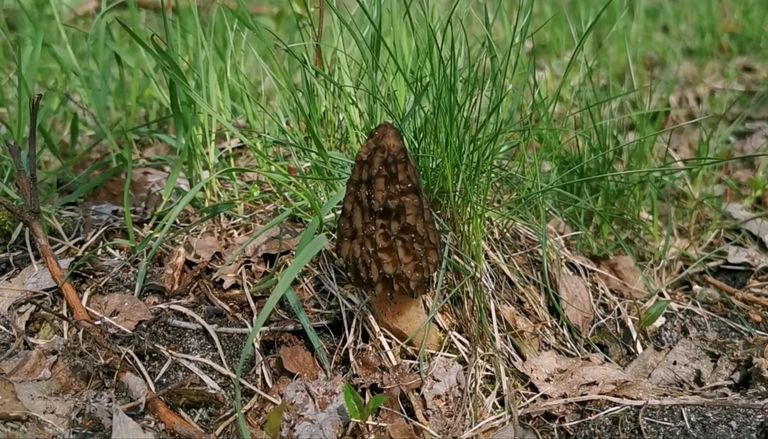
===============
Morchella conica (Morchella conica) fruiting bodies from mountain areas

Occurrence
Conical chard is also found in mountainous regions. He especially likes the vicinity of mountain streams, ditches and the sides of forest paths.
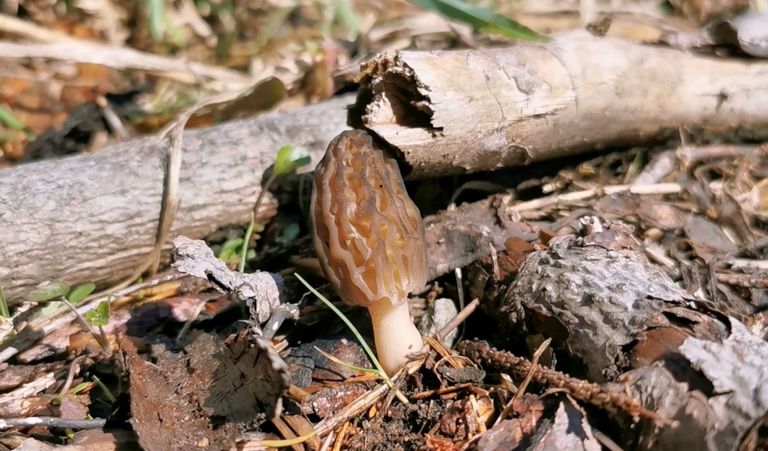
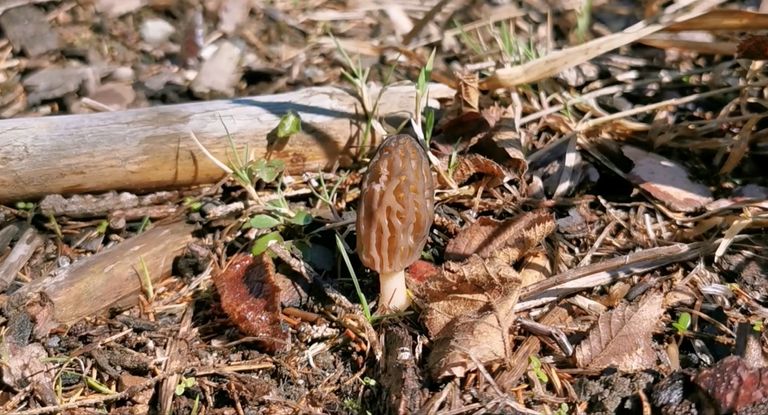
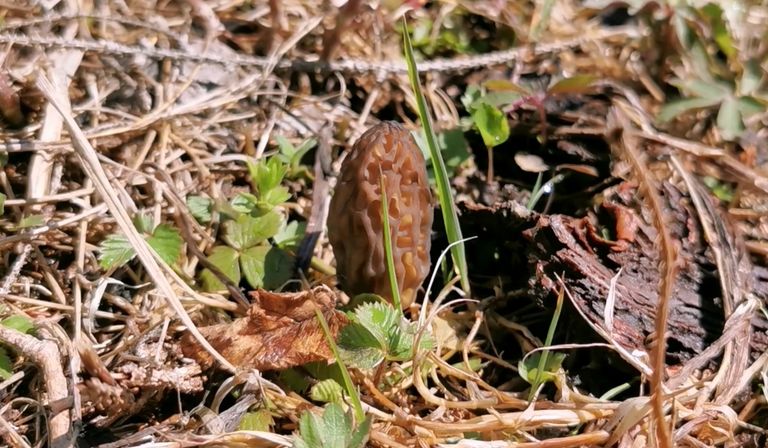
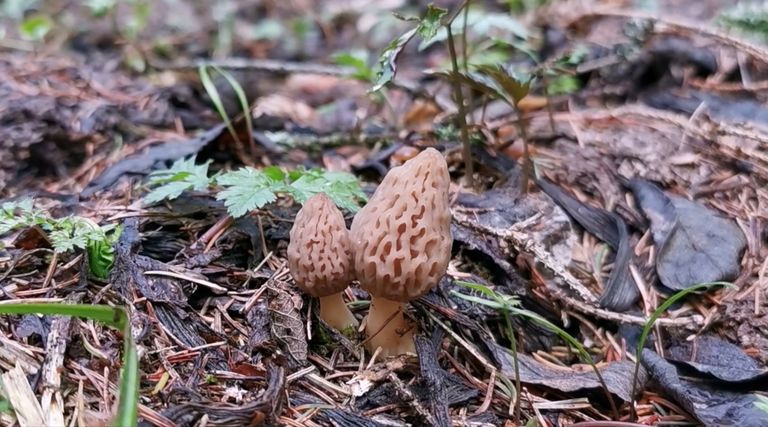
Differences
The fruiting bodies growing in mountainous areas differ slightly in color. They are brighter than the lowlands
